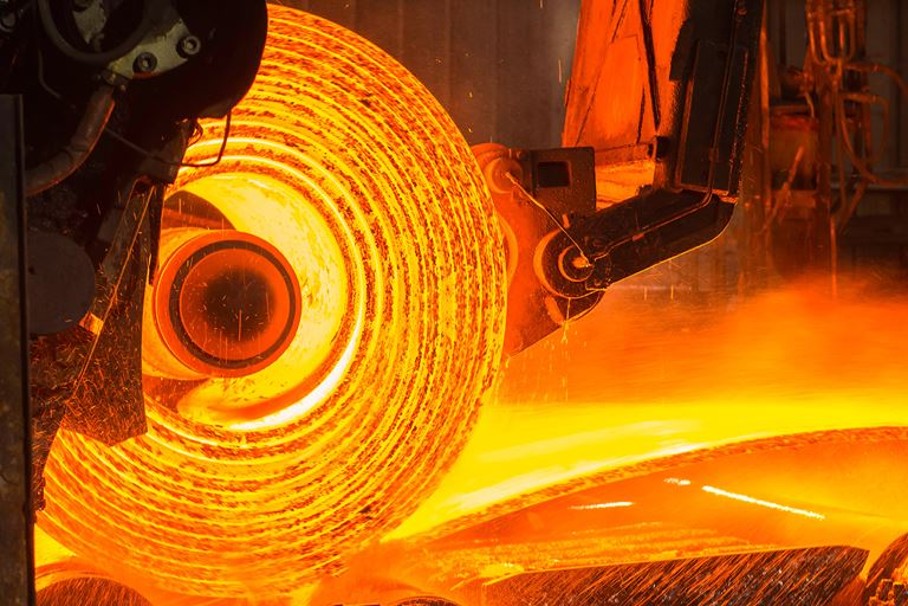Analysis
March 24, 2024
Final thoughts
Written by Ethan Bernard
There’s that concept from Adam Smith we all learn about in our Econ 101 classes: The Invisible Hand. A simple Google search will provide a refresh, but if memory serves I would classify it as something akin to “the market is magic” or “the market’s gonna market.”
Today, obviously, we live in a mixed environment. There are a lot of hands out there, and they’re not too difficult to see. In this election year of 2024, one of the most visible hands out there probably belongs to the federal government.
In a recent SMU Community Chat, Worthington Steel president and CEO Geoff Gilmore joked that talking about politics, he would be offending 50% of people no matter what he said. However, whatever your political persuasion, the decisions being made in this election year are going to have ramifications for steel. (In a separate column this week, AISI outlines some potential new legislation coming down the pike that could impact steel.)
One expects politicians to make lofty promises in an election year. However, some of the things being thrown around could have an effect much sooner, and are much more concrete. Here are a couple of items ripped from the headlines.
Tougher air standards, more EVs
Do you have range anxiety? Charge anxiety? Is something holding you back from buying an electric vehicle? Well, soon there might just be something pushing you forward.
On Wednesday, the US Environmental Protection Agency (EPA) announced the “strongest-ever pollution standards for cars,” which start for model years 2027 through 2032 and beyond.” Note that 2027 is closer than 2020 is distant.
Backed by the Biden administration, EPA says the standards will reduce “7 billion tons of carbon emissions and provide nearly $100 billion of annual net benefits to society.” Additionally, it will accelerate “the adoption of cleaner vehicle technologies.”
The new rule aims to make EVs account for 35% to 56% of new car sales in 2032, and for 13% to 36% to be plug-in hybrids, according to an article in CNN.
Of course, such a bold goal has implications for the auto industry directly and the power grid indirectly, both of which are steel intensive.
Mexico, USW endorsement
Two items that we’ve already covered may seem to indicate a trend.
First, the “Stop Mexico’s Steel Surge Act” introduced into Congress that targets Mexican steel imports to the US. It looks to reimpose Section 232 tariffs because imports are said to be surging – even if the data are somewhat mixed there depending on the product.
Next is Biden’s re-election endorsement by the United Steelworkers (USW) union on Wednesday. USW has been vocal in its opposition to Nippon Steel’s proposed buy of U.S. Steel. Recall that Biden came out against the deal on March 14. Of course it’s a logical fallacy to conclude that because one thing follows another that they are in any way related…
It also happens that Trump, too, has come out against the acquisition. And that the USW is influential in swing states that could determine our next president.
Will this start an arms race between the two candidates to court Rust Belt voters, and domestic industry and union voters in general? The United Auto Workers (UAW) has already endorsed Biden. Recall that Biden stood with UAW workers on the picket line last fall. And UAW President Shawn Fain got a shoutout from Biden at the State of the Union address earlier this month.
Regardless of whether this trend of courting domestic steel and union votes continues, the review process for Nippon isn’t a “by the end of the decade timeline” that gives a lot of room to kick the can. Is there a way to backtrack, or is the course for both candidates set? And, obviously, the outcome of the U.S. Steel deal will have enormous ramifications for the steel industry. It could serve as either a warning or a welcome to foreign suitors. We’ll sit back and see what happens.
I’d be rich(ish) if I had a nickel for every time I’ve heard since 2020 that we live in interesting times. And I have a feeling they’re about to get a whole lot more interesting.







